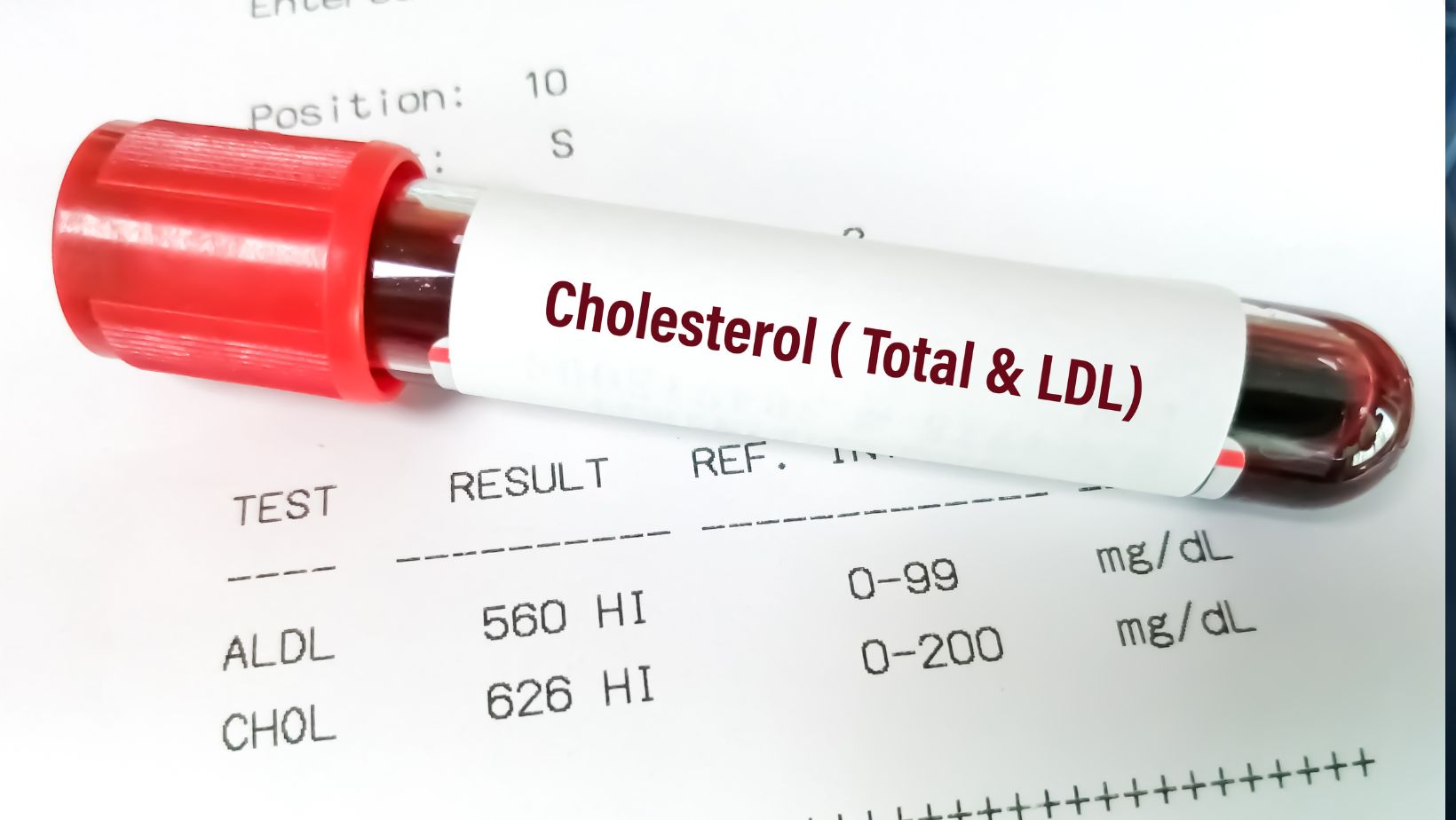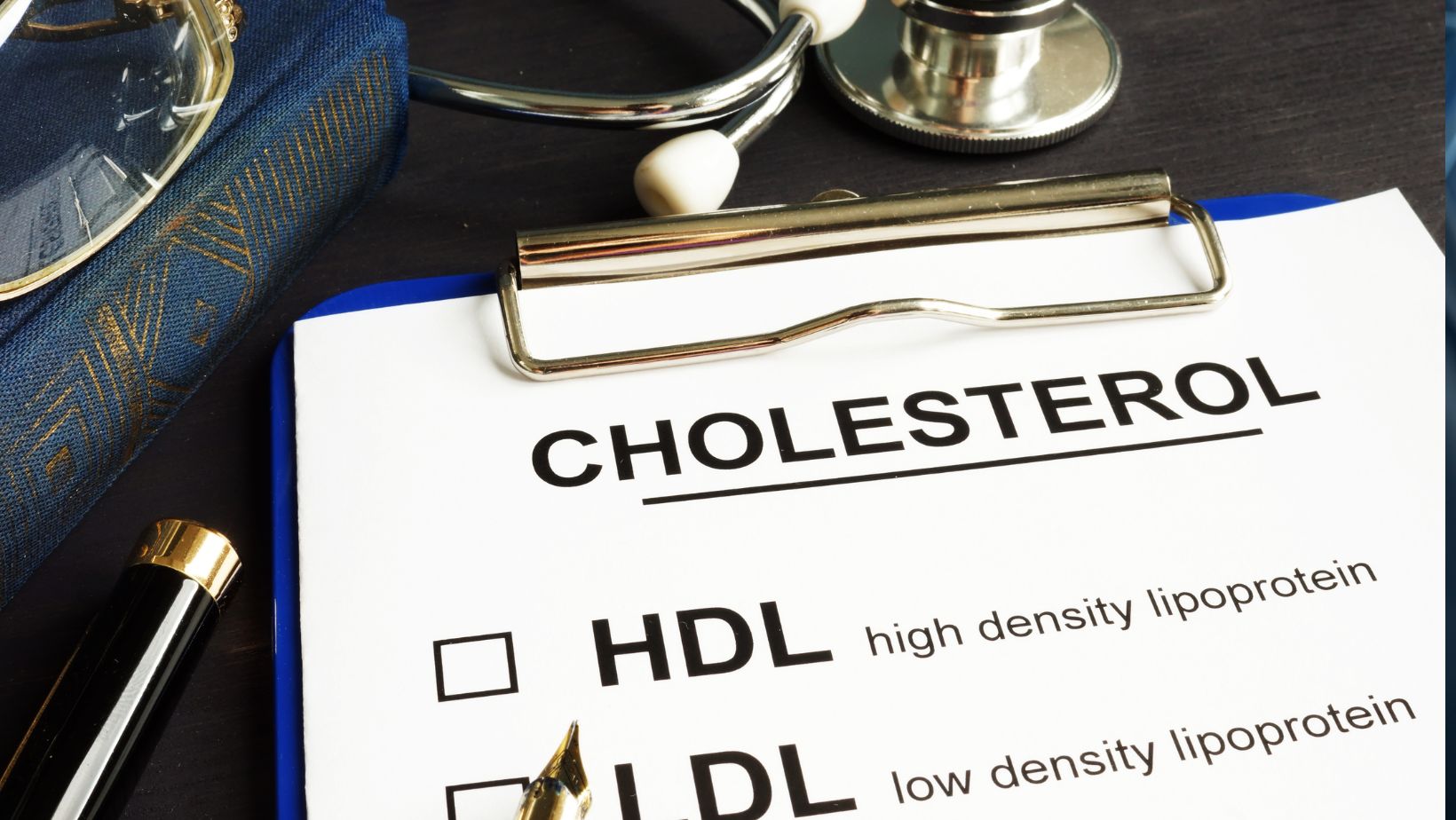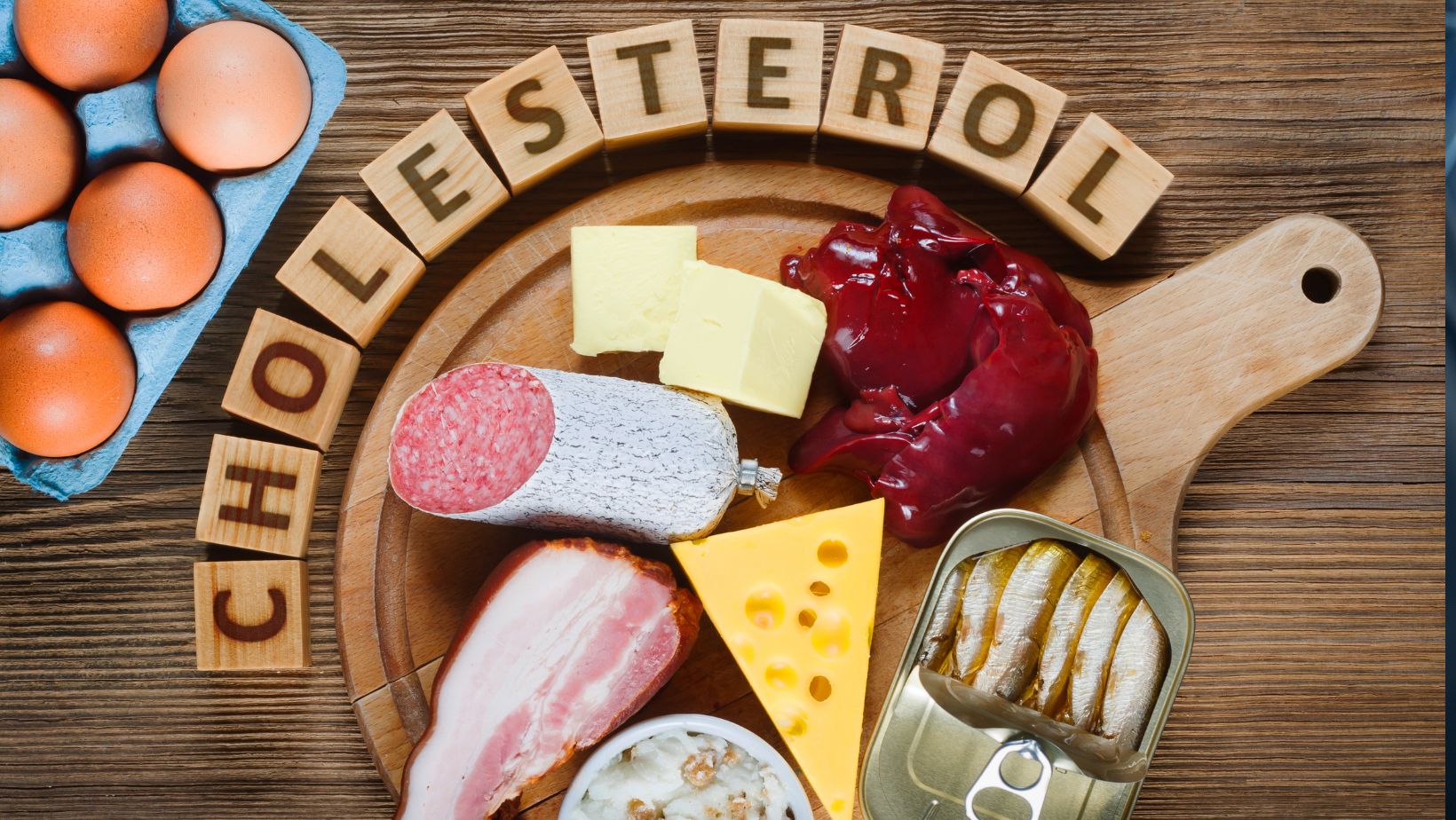High cholesterol can lead to serious health problems. You may not feel it, but it’s damaging your body over time. The biggest risks include heart disease and stroke, both of which can be deadly. You have the power to lower your cholesterol. It starts with simple actions and consistent effort.
Cholesterol itself isn’t bad. Your body needs it. But too much of the wrong kind, namely LDL, can build up in your arteries. This buildup slows blood flow and raises your chances of a heart attack. HDL, the good kind, helps remove LDL from your blood. The goal is to lower LDL and raise HDL. In this article, we will go over several strategies to help you lower your cholesterol.
1 – Understand Your Numbers
Before you start making changes, you need to understand your cholesterol numbers. A standard blood test gives you several key figures. These include total cholesterol, LDL, HDL, and triglycerides. Each number gives you a different piece of the picture. Together, they tell you where you stand.
LDL, or low-density lipoprotein, is often called “bad cholesterol” because it sticks to artery walls. HDL, or high-density lipoprotein, helps carry LDL out of your bloodstream. A high LDL number means greater risk. Triglycerides, another type of fat in your blood, also affect heart health. If your triglyceride level is high, your risk rises further, especially if your LDL is also high and your HDL is low.
You may also hear about what is apolipoprotein B (APOB). This is a protein found in particles that carry cholesterol through your blood. High levels of APOB often mean you have too many cholesterol-carrying particles, which puts extra pressure on your arteries.
2 – Change What You Eat
Food has a direct impact on your cholesterol. Certain types of fat drive your LDL levels higher. Others help bring them down. To make a real difference, you need to cut out the harmful fats and eat more of the foods that support heart health.

Start by reducing saturated fat. This is found in red meat, butter, cheese, and other full-fat dairy products. Too much of it pushes your LDL up. Avoid trans fats completely. These are often found in packaged snacks, fried foods, and anything with “partially hydrogenated oil” on the label. Trans fats are worse than saturated fats because they raise LDL and lower HDL at the same time.
3 – Lose Extra Weight
Carrying extra weight makes it harder to manage your cholesterol. Even a small amount of weight loss can help lower your LDL and raise your HDL. It also improves your triglyceride levels. You don’t need to aim for dramatic changes overnight. Start with a realistic goal, like losing five to ten percent of your body weight.

Focus on habits that lead to steady progress. Eat slowly and stop when you’re satisfied, not stuffed. Choose whole foods over packaged ones. Pay attention to portions, especially with high-calorie items like oils, nuts, and cheese. Cutting out sugary drinks alone can make a difference.



